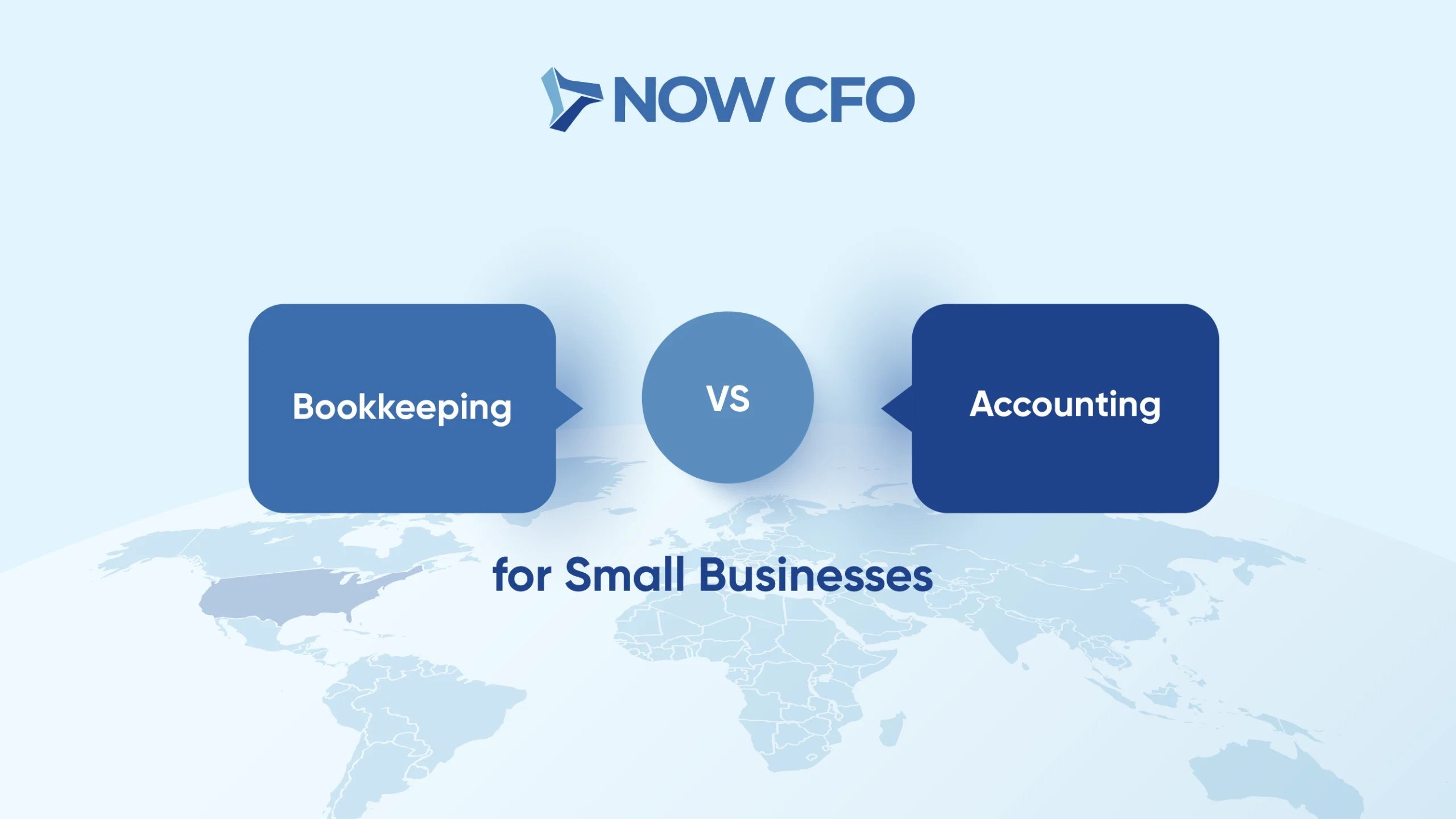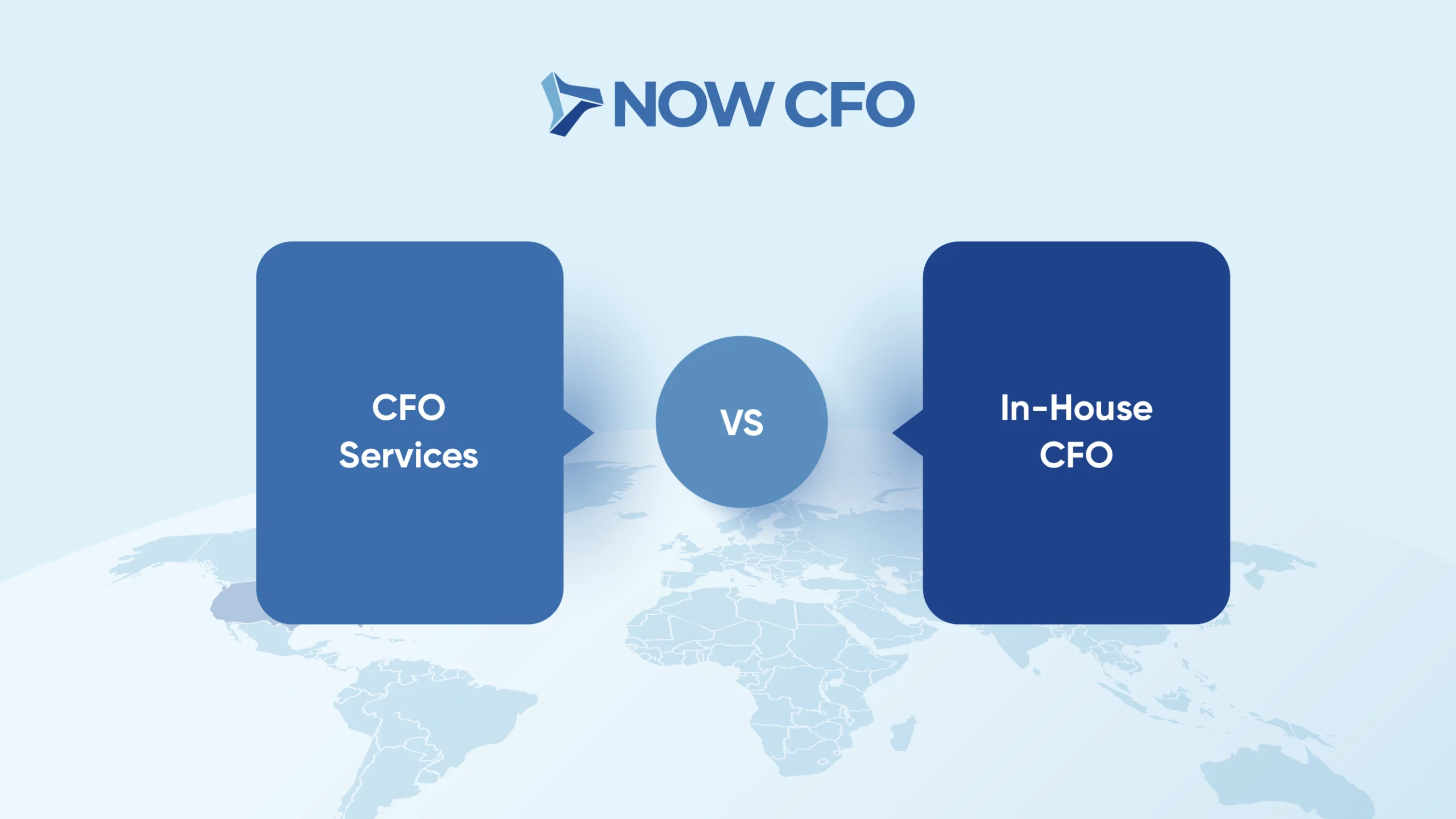
In the financial reporting arsenal of any business, the cash flow statement holds a place of critical importance. Often overshadowed by its more famous counterparts – the income statement and balance sheet – the cash flow statement is, in many ways, a more realistic gauge of a company’s financial health.
What is a Cash Flow Statement?
The cash flow statement, one of the three primary financial statements, measures how well a company manages its cash position, indicating how well it generates cash to pay its debt obligations and fund its operating expenses.
Components of a Cash Flow Statement
The cash flow statement is typically broken down into three sections:
1. Operating Activities: This section reflects the cash inflows and outflows directly related to the core business operations of a company. It provides insight into the company’s ability to generate sufficient cash to maintain and grow its operations. The operating activities section typically starts with the net income from the income statement, which is then adjusted for various non-cash items and changes in working capital. These adjustments include:
- Non-Cash Expenses: Items like depreciation and amortization, expensed on the income statement but don’t involve actual cash outflow, are added back to the net income.
- Changes in Working Capital: This involves adjustments for changes in current assets (like inventory and accounts receivable) and current liabilities (like accounts payable and accrued expenses). An increase in existing assets is subtracted, and a decrease is added. Conversely, an increase in current liabilities is added, and a reduction is subtracted.
- Other Non-Cash Adjustments: This may include deferred tax, gains or losses from investments, or provisions for future losses.
2. Investing Activities: This includes transactions involving long-term assets, such as buying or selling equipment or property, and investments in other businesses. This section lists the cash flows of buying or selling long-term assets and investments. These include:
- Cash paid for the purchase of property, plant, and equipment (PPE).
- Cash received from the sale of PPE.
- Cash paid for the purchase of investment securities.
- Cash received from the sale of investment securities.
The net cash flow from investing activities is the total cash inflows minus the total cash outflows related to these investing transactions.
3. Financing Activities: This section comprises changes in debt, loans, or dividends and repurchase of company shares. This section includes:
- Cash inflows from issuing debt (like bonds or bank loans) or equity (like stock sales).
- Cash outflows for repayments of debt principal.
- Cash paid as dividends.
- Cash used in the repurchase of company shares.
The net cash flow from financing activities is again calculated by subtracting the total cash outflows from the total cash inflows related to financing.
Why Do Businesses Need a Cash Flow Statement?
1. Assessing Liquidity and Financial Flexibility
The primary purpose of a cash flow statement is to provide insight into the company’s liquidity – its ability to cover debts and operating expenses. Positive cash flow indicates that a company can settle its obligations, reinvest in its business, return money to shareholders, and withstand future financial challenges.
2. Complementing Other Financial Statements
While the balance sheet provides a snapshot of a company’s financial condition at a given moment, and the income statement shows profitability over a period, the cash flow statement completes the picture by showing the actual cash position.
3. Identifying Trends and Planning for the Future
By analyzing the patterns in the cash flow statement over time, businesses can make more informed decisions about budgeting, investing, and financing.
Mastering the cash flow statement is crucial for any business’s financial health and strategic planning. The intricacies involved in analyzing cash flow activities can be challenging, but they offer invaluable insights into your company’s liquidity and fiscal stability. Considering that 82% of small businesses fail due to cash flow problems, it underscores the critical importance of effective cash flow management. Hiring an outsourced NOW CFO financial professional can be a strategic move to navigate these complexities. With our expertise in financial management and analysis, we can provide thorough guidance, from accurate calculation of cash flows to strategic recommendations for financial growth. By partnering with a NOW CFO expert, you gain access to top-tier financial acumen, ensuring your business understands its cash flow dynamics and leverages this knowledge for sustainable success.














